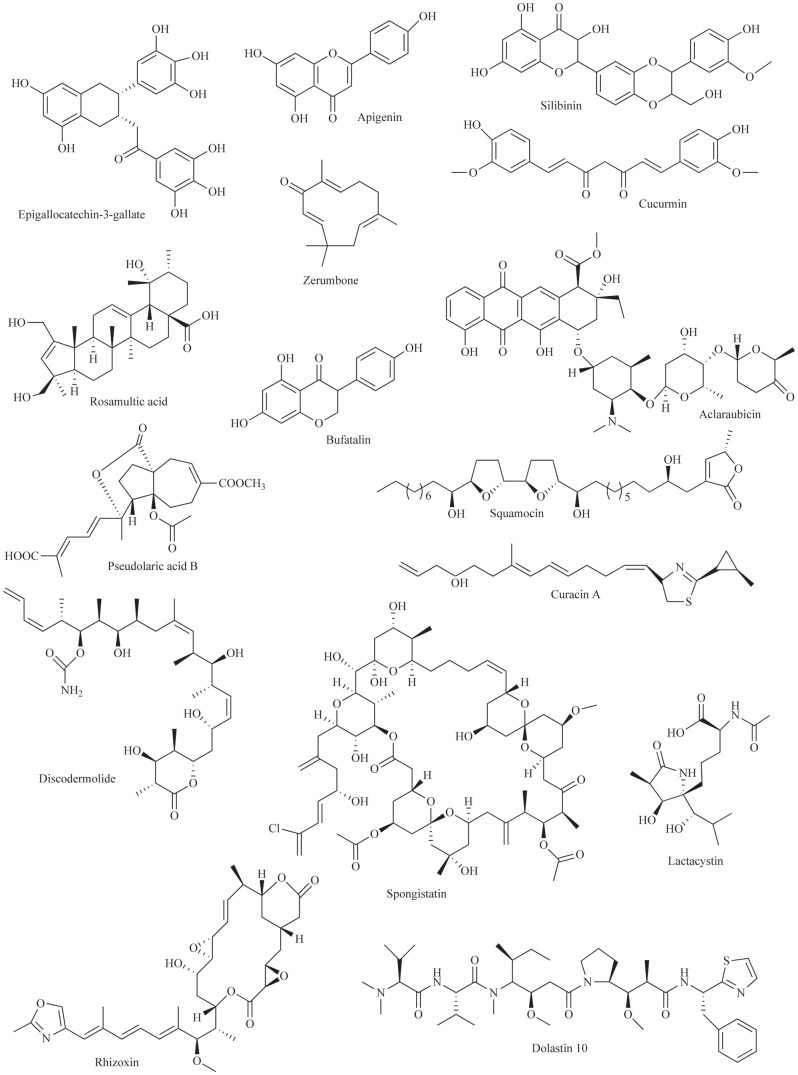Fig. (2).
Schematic representation of autophagic pathway. Several cytoplasmic proteins interact to upregulate autophagy. mTOR, which inhibit autophagy, is regulated negatively by different steps modulated by MAPKs or p53. Once mTOR is inhibited, the formation of ULK complex, which is composed of FIP200, ULK1/2 and ATG13/101, is stimulated. In turn, ULK complex phosphorylates AMBRA1, leading to the activation of a complex that includes p-AMBRA1, BECN1, and VPS15/34 to the formation of phagophoro in the nucleation step. The elongation step is controlled by LC3B-II, which is conjugated to PE and regulated by ATG5/12/16 complex. The completion step includes the formation of an Autophagosome carrying the proteins or organelles, which fuses to Lysosome in the Maturation step, forming an Autolysosome. The final step consists in the Degradation of the content in the Autolysosome.

